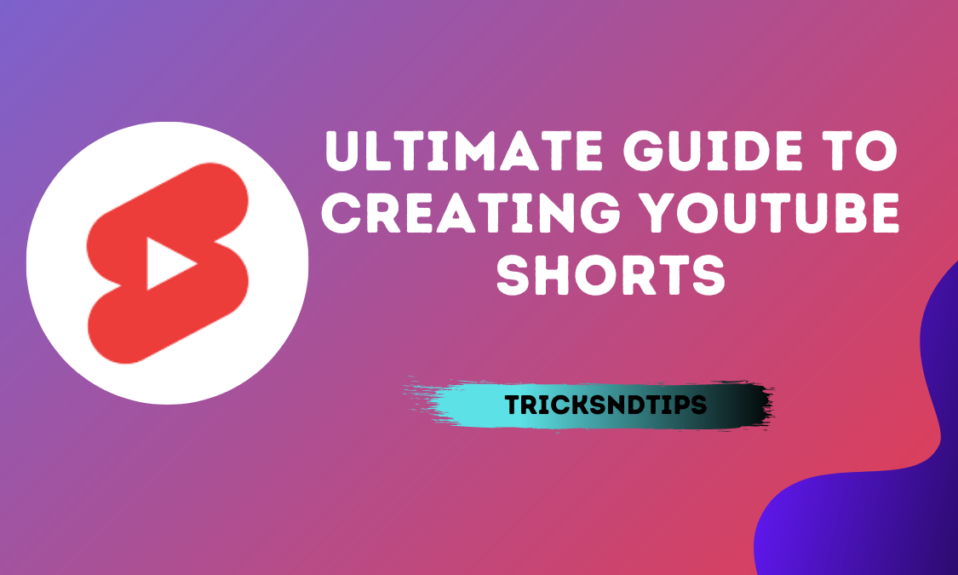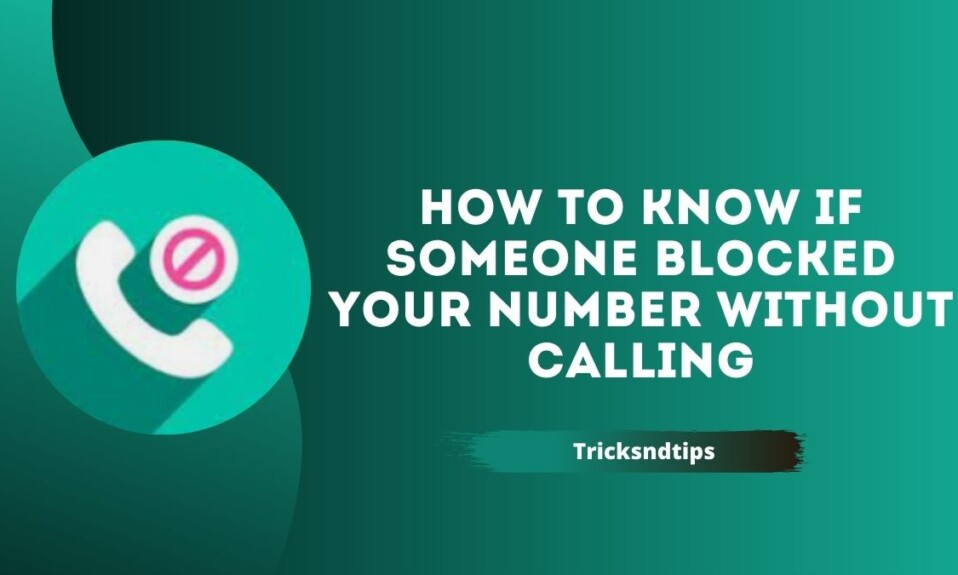If you’re a fan of social media and online video, you may have heard of YouTube shorts. These short, vertical videos are the latest feature from the video-sharing giant, designed to compete with popular short-form video apps like TikTok and Instagram Reels.
YouTube shorts are brief, vertical videos that can be up to 60 seconds long. They are designed to be mobile-friendly, so they can be easily viewed on smartphones and other mobile devices. Shorts can include music, captions, and other special effects, and are designed to be eye-catching and engaging.
If you’re looking for a reliable tool to download YouTube shorts, Tricksndtips is an excellent option. This free online tool allows you to download shorts in just a few clicks, so you can watch them offline or share them with your audience. To use Tricksndtips, simply copy the URL of the short you want to download, paste it into the tool, and click the “Download” button. With Tricksndtips, you can easily download your favorite shorts and add them to your collection. Be sure to check out this helpful tool and see how it can enhance your YouTube shorts experience.
Importance of creating shorts on YouTube
If you’re a content creator or a business owner looking to expand your reach, YouTube shorts offer an exciting new way to connect with your audience. Shorts are designed to be discoverable, which means they can help you reach new viewers who may not have found your content otherwise. Plus, because shorts are so short and easy to watch, they’re a great way to showcase your brand and your creativity quickly and entertainingly.
Creating a YouTube short involves several steps, from planning your video to filming, editing, and optimizing it for search and discovery. In the next few sections, we’ll walk you through each step in detail, providing tips and strategies to help you create the best possible shorts for your audience.
How to Plan your YouTube Shorts
A successful YouTube short begins with a solid plan. Here are the key steps involved in planning your shorts:
Identify your target audience and goals
Before you begin creating your YouTube short, it’s important to have a clear understanding of who you are creating it for and what you want to achieve. Ask yourself questions like:
- Who is my target audience?
- What do they care about?
- What problems or challenges are they facing?
- What do I want my viewers to do after watching my short?
By answering these questions, you can create a short that is tailored to your audience’s needs and interests, and that is more likely to achieve your desired goals.
Choose a topic for your short video
Once you know your audience and your goals, it’s time to choose a topic for your YouTube short. Your case should be aligned with your brand or area of expertise and should be something that will be interesting and engaging to your target audience.
Some tips for choosing a topic include:
- Conducting keyword research to see what topics are popular in your niche
- Checking out what topics your competitors are covering
- Thinking about what questions your target audience might have, and creating a short that answers them
Outline the key points to include in your short
Once you’ve chosen a topic, it’s time to outline the key points you want to cover in your YouTube short. This will help you stay focused and on-topic during the filming and editing process, and will ensure that your short provides value to your viewers.
When outlining your short, think about the main message you want to convey, and the key takeaways you want your viewers to remember. You may also want to consider including a call-to-action at the end of your short, encouraging your viewers to take a specific action (like subscribing to your channel or visiting your website).
Determine the length of your short
Finally, it’s important to determine the length of your YouTube short. Shorts can be up to 60 seconds long, but they can also be as short as 15 seconds. The ideal length for your short will depend on your topic and your goals, but in general, shorter is better when it comes to creating engaging, mobile-friendly content.
[Step 2] Filming your YouTube Shorts
Once you have a plan in place, it’s time to start filming your YouTube short. Here are the key steps involved:
Required equipment for filming shorts
Filming a YouTube short doesn’t necessarily require a lot of equipment, but there are a few key items you’ll need:
- A smartphone with a good camera (or a standalone camera, if you prefer)
- A tripod or other stabilizing device to keep your shots steady
- Good lighting (natural light is often best, but you can also use artificial lighting if necessary)
- An external microphone to ensure good audio quality
Setting up your filming environment
Before you begin filming, it’s important to set up your filming environment. This includes choosing a location that is well-lit and free from distractions and setting up your camera and other equipment so that you can capture the shots you need.
Some tips for setting up your filming environment include:
- Choosing a simple, uncluttered background that won’t distract from your message
- Checking your audio levels and making sure your microphone is positioned correctly
- Doing a few test shots to make sure everything looks and sounds good before you start filming for real
Tips for filming a successful short
When it comes to filming your YouTube short, there are a few key tips to keep in mind:
- Keep it simple: Shorts are all about capturing your viewer’s attention quickly, so it’s important to keep your shots simple and easy to follow. Avoid complicated camera movements or elaborate setups that might distract from your message.
- Use captions and text overlays: Because shorts are often watched with sound off, it’s important to include captions or text overlays to convey your message.
- Emphasize visuals over audio: While audio is important in any video, it’s especially important in shorts. Focus on using visuals to convey your message, and let the audio support the visuals rather than the other way around.
- Be concise: Remember that shorts are short! Keep your shots concise and to the point, and avoid lingering too long on any one shot. This will help keep your viewers engaged and interested.
[Step 3] Editing your YouTube Shorts
Once you’ve filmed your YouTube short, it’s time to edit it into a cohesive, engaging story. Here are the key steps involved:
Editing software options
There are many different editing software options available, both paid and free. Some popular options include Adobe Premiere Pro, Final Cut Pro, iMovie, and DaVinci Resolve. It’s important to choose software that you feel comfortable using and that offers the features you need.
How to import your footage and organize your project
Once you’ve chosen your editing software, it’s time to import your footage and organize your project. This includes:
- Importing all of your footage into your software
- Organizing your footage into folders or bins based on the scene, shot type, or any other organizing principle that makes sense for your project
- Creating a timeline or sequence for your project, and dragging your footage onto the timeline in the order you want it to appear
Editing your footage to create a cohesive story
Once you’ve organized your project, it’s time to start editing your footage. This includes:
- Trimming your shots to the desired length
- Cutting between shots to create a cohesive, engaging story
- Adding transitions between shots, if desired
- Adjusting your audio levels and adding music or other audio elements
Adding music and other audio elements to your short
Adding music and other audio elements can help bring your short to life and create a more engaging viewing experience. Some tips for adding audio elements include:
- Choosing music that fits the tone and style of your short
- Using sound effects to enhance specific shots or moments
- Adjusting the volume levels of your audio elements so that they don’t overpower your dialogue or other audio
Overall, the key to successful editing is to be thoughtful and intentional about the choices you make. Every edit you make should serve a specific purpose and move your story forward in a meaningful way.
[Step 4] Optimizing your YouTube Shorts for Search and Discovery
Creating a YouTube short is just the first step – you also need to make sure it’s optimized for search and discovery so that people can find it. Here are some key steps to take:
Keyword research for YouTube shorts
Before you upload your short, you should conduct keyword research to determine what keywords and phrases are most relevant to your topic. Some tools that can help with keyword research include the Google AdWords Keyword Planner, Ahrefs, and SEMRush. Look for keywords that are relevant to your topic, have a decent search volume, and aren’t too competitive.
Tips for creating a strong title, description, and tags
Once you’ve identified your target keywords, it’s time to use them in your title, description, and tags. Some tips for creating strong metadata include:
- Using your target keyword in your title
- Writing a descriptive and engaging description that includes your target keyword
- Including relevant tags that describe the content of your short
Choosing an appropriate thumbnail image
Your thumbnail image is the first thing people will see when they come across your short, so it’s important to choose an image that is eye-catching and relevant. Some tips for choosing a thumbnail image include:
- Choosing an image that accurately represents the content of your short
- Using text overlays or other design elements to make your thumbnail stand out
- Choosing a high-quality image that is well-lit and in focus
Sharing your short on social media
Once your short is uploaded and optimized, it’s time to start promoting it on social media. Some tips for sharing your short include:
- Sharing it across all of your social media platforms, including Facebook, Twitter, Instagram, and LinkedIn
- Creating a custom thumbnail image for each platform to ensure the image fits the dimensions of the platform
- Encouraging your followers to share your short with their networks
By taking these steps, you can ensure that your YouTube short is optimized for search and discovery and has the best chance of being seen by your target audience.
[Step 5] Best Practices for Creating Engaging YouTube Shorts
Creating an engaging YouTube short is about more than just having great content – it’s also about using storytelling and other techniques to keep your viewers engaged from start to finish. Here are some best practices to keep in mind:
Tips for keeping your viewers engaged
To keep your viewers engaged, it’s important to create a clear and concise story that holds their attention. Some tips for keeping your viewers engaged include:
- Starting with a strong hook that grabs their attention right away
- Using visual and audio elements to keep them interested
- Keeping your short focused on one main topic or idea
The importance of storytelling in shorts
Storytelling is a powerful way to create an emotional connection with your viewers and keep them engaged throughout your short. Some tips for effective storytelling include:
- Creating a clear beginning, middle, and end to your short
- Using conflict and resolution to create tension and interest
- Showing, not telling – use visuals and audio to help tell your story
How to create a strong call-to-action for your viewers
At the end of your short, it’s important to create a strong call-to-action that encourages your viewers to take action. Some tips for creating a strong call-to-action include:
- Making it clear what action you want your viewers to take
- Using language that is direct and easy to understand
- Giving them a reason to take action – for example, by offering a special promotion or incentive
By using these best practices, you can create YouTube shorts that are engaging, memorable, and effective at achieving your goals.
Read more Article —
- Free YouTube Premium Accounts & Passwords
- Youtube Premium Mod APK
- How To Download YouTube App For Windows & Mac
- 7 + Youtube Vanced Alternative
Conclusion
Creating YouTube shorts can be a fun and rewarding way to engage with your audience, showcase your creativity, and promote your brand or message. By following the steps outlined in this guide, you can create high-quality shorts that are optimized for search and discovery, engaging for your viewers, and effective at achieving your goals.
In this guide, we covered the basics of creating YouTube shorts, from planning and filming to editing and optimizing for search. We also discussed best practices for creating engaging shorts that keep your viewers interested and motivated to take action.
Overall, creating YouTube shorts is an exciting opportunity to showcase your creativity, reach a wider audience, and achieve your goals. So, why not get started today? With the tips and techniques outlined in this guide, you can create high-quality shorts that resonate with your viewers and help you achieve your goals. Good luck!





